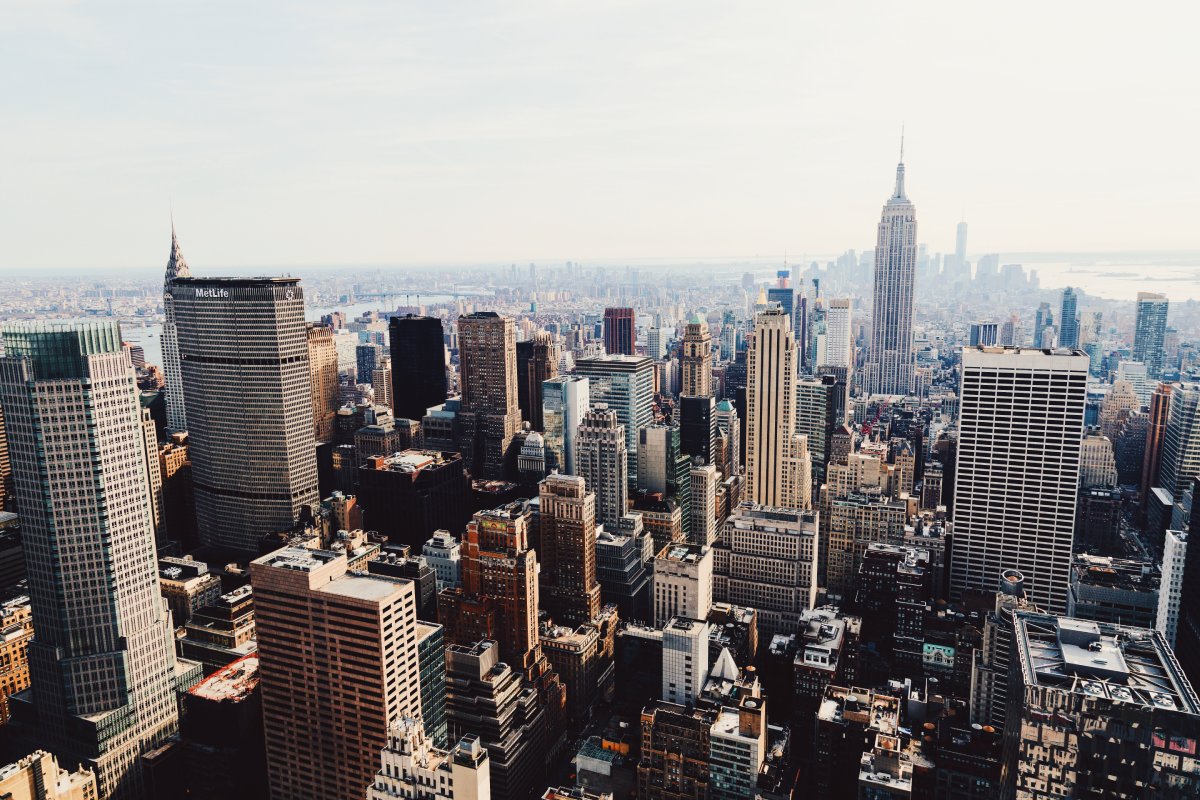Major Cities Value Tourism More as Office Vacancies Remain High

Skift Take
Some large cities are increasingly leaning on rising tourism as a way to make up for a hybrid worker model that has undermined the economies of their central business districts.
Projections released on Wednesday suggested that several urban centers are only going to see greater benefits from visitors. Paris’ travel and tourism sector will rise in value from $36 billion to $49 billion over the next ten years, the World Travel and Tourism Council said. New York's will rise to $21.73 billion from $12.4 billion.
The recovery will be uneven, though. In 2023, the tourism sector worldwide is forecast to reach $9.5 trillion, just 5 percent shy of its 2019 level, according to a new report from the tourism body with help from the consultancy Oxford Economics. Yet the gains won't be evenly spread around. While several major cities have already surpassed their prepandemic levels, most remain below.
Every bit of economic juice will help plug the shortfall. During the pandemic, many workers deserted their city offices and adopted remote work. Since then, they've been reluctant to resume long commutes. Some of them simply can’t return because they’ve m
